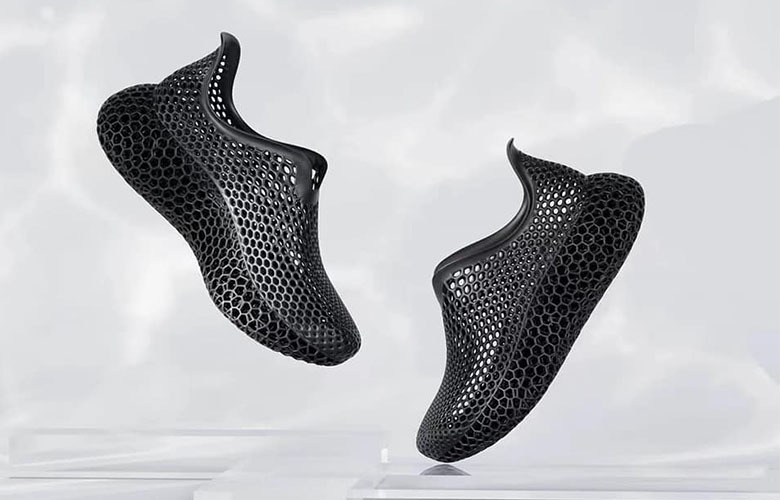
English
Light-curing 3D printers: Reshaping the precision and efficiency of dental denture production
**Light-curing 3D Printers: Reshaping the Precision and Efficiency of Dental Denture Production**
In recent years, the field of dental prosthetics has undergone significant transformations, largely driven by technological advancements. Among these innovations, light-curing 3D printers have emerged as a game changer in the production of dental dentures. This technology not only enhances precision but also improves the overall efficiency of the manufacturing process, ultimately benefiting both dental professionals and patients alike.
One of the most notable advantages of light-curing 3D printers is their ability to produce highly accurate dental models. Traditional methods of denture production often involve manual processes that can introduce human error, leading to less than optimal fit and comfort for the patient. In contrast, light-curing 3D printing employs digital designs that are translated into physical models with remarkable accuracy. By utilizing advanced scanning techniques and computer-aided design (CAD) software, dental professionals can create precise replicas of a patient’s oral structure. This level of detail ensures that the final product fits comfortably and functions effectively, significantly enhancing patient satisfaction.
Moreover, the speed at which light-curing 3D printers operate is another key factor that contributes to their growing popularity in dental practices. Conventional denture production can be a time-consuming process, often requiring multiple appointments and lengthy waiting periods for patients. However, light-curing 3D printers can produce dentures in a fraction of the time. The additive manufacturing process allows for rapid prototyping, enabling dental labs to create multiple iterations of a design quickly. This efficiency not only accelerates the production timeline but also allows for faster adjustments based on patient feedback, thereby improving the overall workflow in dental practices.
In addition to speed and precision, the material versatility offered by light-curing 3D printers is noteworthy. These printers utilize a range of photopolymer resins that are specifically designed for dental applications. These materials are engineered to mimic the appearance and properties of natural teeth, providing aesthetic results that meet the high standards of dental professionals. Furthermore, the durability of these resins ensures that the dentures produced are not only visually appealing but also long-lasting, reducing the need for frequent replacements.
Another aspect to consider is the reduction of waste in the production process. Traditional methods of denture fabrication often result in significant material waste, as excess material is trimmed away to achieve the desired shape and fit. Light-curing 3D printing, on the other hand, is an additive process that builds objects layer by layer. This approach minimizes material waste, making it a more environmentally friendly option for dental labs. By adopting this technology, dental practices can contribute to sustainability efforts while also benefiting from cost savings associated with reduced material usage.
The integration of light-curing 3D printers into dental practices also enhances collaboration between dental professionals and technicians. With digital files easily shareable, dentists can work closely with dental labs to refine designs and ensure that the final product aligns with the patient’s needs. This collaborative approach fosters better communication and leads to improved outcomes, as adjustments can be made in real-time based on the dentist's insights and the patient's feedback.
While the benefits of light-curing 3D printers are substantial, it is important to acknowledge some challenges associated with their adoption. The initial investment in this technology can be significant, and some dental practices may hesitate to transition from traditional methods. Additionally, training staff to operate these advanced machines and understand the intricacies of digital design may require time and resources. However, as the technology continues to evolve and become more accessible, it is likely that more dental professionals will recognize the long-term advantages of integrating light-curing 3D printers into their practices.
In conclusion, light-curing 3D printers are revolutionizing the field of dental denture production by enhancing precision, improving efficiency, and reducing waste. The ability to create highly accurate models in a shorter timeframe not only benefits dental professionals but also significantly enhances the patient experience. As the dental industry continues to embrace digital technologies, the role of light-curing 3D printers is poised to grow, leading to even more innovative solutions for denture production. The future of dental prosthetics looks bright, with the promise of improved outcomes and greater patient satisfaction on the horizon.
About Us
Emake3D specializes in the R&D and production of medical high-precision 3D printing equipment and new materials, serving the fields of oral medical care, jewelry, industrial prototypes, etc., and provides professional and mature overall application solutions for the above industries.
Contact Us
Add: 3rd Floor, Building 3, No. 20-2, Longling South Road, Pingdi Sub-district, Longgang District, Shenzhen
HotLine: +86 135 5495 1300
E-mail: official@emake3d.com
Related News
-
Products
-
Quick Links
-
Blogs
Message
SEO
Powered by: CEglobal















